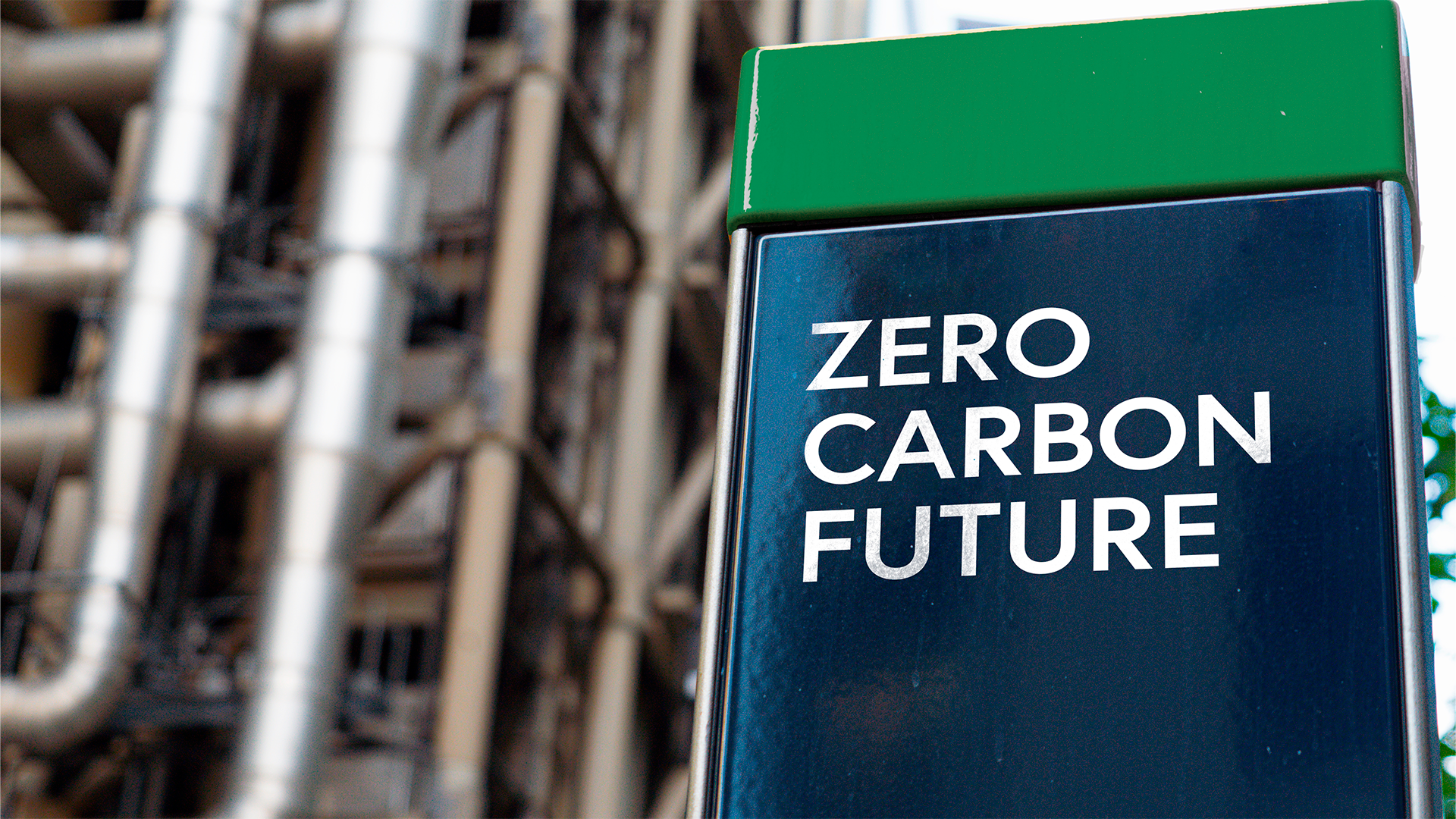As concerns over climate change and environmental sustainability continue to grow, many industries are exploring ways to reduce their carbon footprints. Programmatic advertising, a technology-driven approach to buying and selling advertising space, is one such industry. In this article, we will examine how programmatic advertising is being used to reduce waste and lower carbon footprints, and how this technology is impacting environmental sustainability.
Impact of Programmatic Advertising on Environmental Sustainability:
According to a report by the World Wildlife Fund (WWF), the digital advertising industry is responsible for around 4% of global greenhouse gas emissions. However, programmatic advertising has the potential to significantly reduce waste and lower carbon footprints within the industry.
For example, by using data-driven insights, advertisers can deliver ads only to the most relevant audiences, reducing the number of ads that are displayed to irrelevant or disinterested viewers. According to a study by Adform, programmatic advertising can reduce ad waste by up to 90%, leading to a significant reduction in carbon emissions.
Furthermore, programmatic advertising can help to reduce the need for physical advertising materials, which can also contribute to lower carbon footprints. As noted by the Interactive Advertising Bureau (IAB), programmatic advertising can help to reduce the environmental impact of print advertising by up to 95%. By creating and delivering ads digitally, programmatic advertising can help to reduce the need for physical materials like paper, ink, and vinyl.
“Programmatic advertising can play an important role in reducing waste and carbon emissions within the digital advertising industry,” says Lisa Utzschneider, CEO of Integral Ad Science. “By targeting only the most relevant audiences, programmatic advertising can help to reduce the number of ads that are displayed to disinterested viewers, leading to a reduction in ad waste and carbon emissions.”

Tools for the Future:
As the programmatic advertising industry continues to grow and evolve, there are a few tools that can be developed to further promote environmental sustainability.
One such tool is blockchain technology, which can be used to verify the sustainability of digital ad impressions. By providing a transparent and tamper-proof record of each ad impression, blockchain technology can help advertisers ensure that their ads are being delivered to environmentally responsible sources.
Another potential tool for promoting environmental sustainability in programmatic advertising is the use of artificial intelligence (AI) and machine learning. These technologies can be used to analyze vast amounts of data and identify the most environmentally responsible ad placements. By optimizing ad placement in this way, advertisers can reduce their carbon footprints while still reaching their target audiences.

Conclusion:
Programmatic advertising has emerged as a promising tool to combat the negative impact of digital advertising on the environment. The use of data-driven insights and targeting techniques can significantly reduce advertising waste, leading to a reduction in carbon emissions.
“Programmatic advertising presents a significant opportunity for brands to reduce their environmental impact while still delivering impactful campaigns,” says Emily Ketchen, the Chief Marketing Officer of Ascential. “By embracing the latest in data and technology, brands can create more targeted and efficient campaigns that not only deliver better results but also reduce waste and lower carbon footprints. This is an exciting time for the industry, and we look forward to seeing more brands take a leadership position on this important issue.”
Furthermore, by shifting from traditional advertising methods to digital ones, programmatic advertising reduces the need for physical materials, resulting in even greater environmental benefits. With the industry’s ongoing efforts to promote sustainability and implement green practices, programmatic advertising is poised to play a critical role in reducing carbon footprints throughout the digital advertising landscape.
According to Claire Myerscough, the Managing Director of Spark Foundry, “The programmatic advertising industry has already made significant strides in sustainability, and we see great potential for further innovation in this space. By utilizing green data centers, investing in renewable energy, and exploring new technologies like blockchain, the industry can continue to lower its impact on the environment while still delivering exceptional results for clients. We believe that programmatic advertising can and should be a force for good, and we are committed to making that vision a reality.”
As we move forward, it is exciting to envision the possibilities that programmatic advertising can bring for a greener and more sustainable future.

